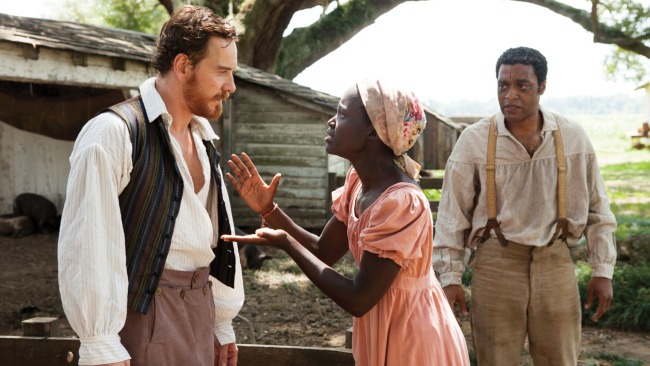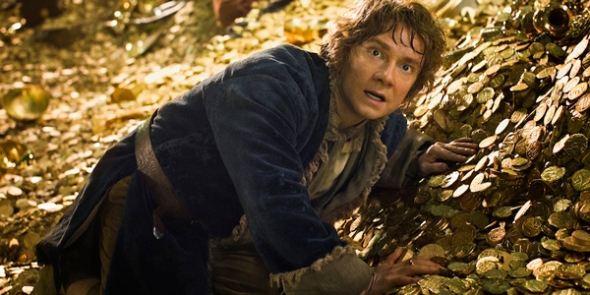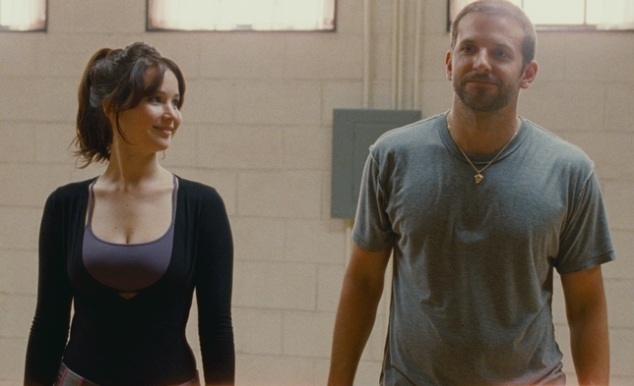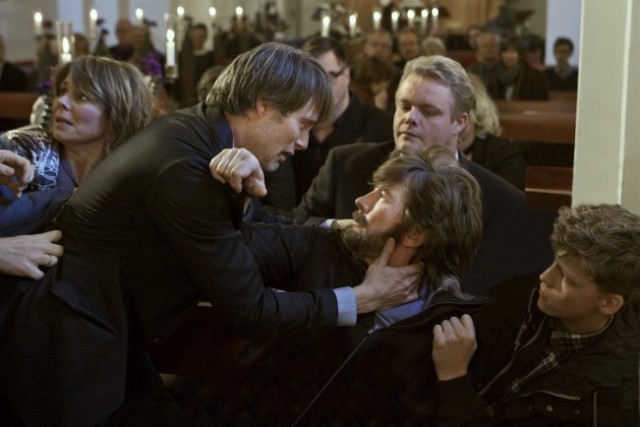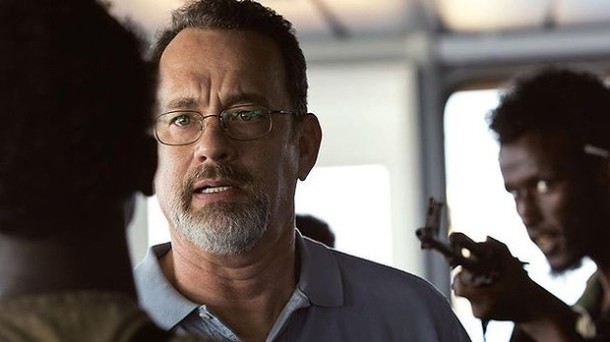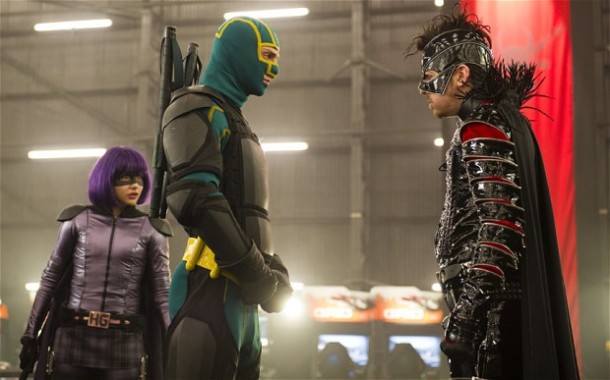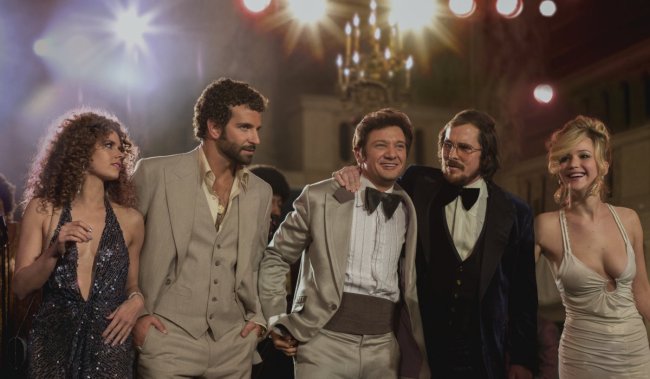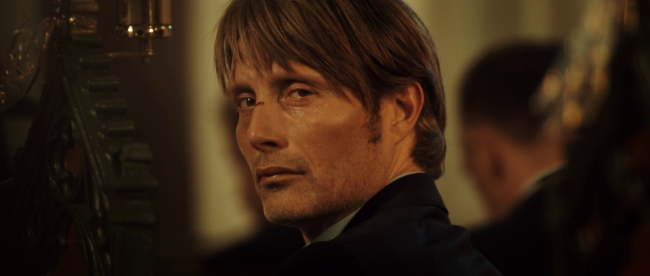Although there was a tidal wave of criticism hurled against it, I really enjoyed The Amazing Spider-Man. I was quite sceptical when I first heard that Sony was swiftly rebooting Spider-Man after parting ways with Sam Raimi, but I also knew that Peter Parker’s world was in need of modern reinvigoration. While it wasn’t perfect, I felt that Marc Webb delivered an extremely satisfying reboot with The Amazing Spider-Man.
Now New York’s red and blue web-crawler is back in The Amazing Spider-Man 2. Once again under the helm of Marc Webb, the film stars Andrew Garfield, Emma Stone, Jamie Foxx, Dane DeHaan, Sally Field, and Paul Giamatti. The film follows Peter Parker as he faces the new threat posed by the villainous Electro, and chronicles his struggles to balance out his newfound responsibilities with his personal life.
I’ve always had a soft spot for Spider-Man. Despite my admiration for the recent Batman films and most of the finely crafted Marvel cinematic universe, I’ve never liked a hero quite as much as I like Spider-Man. That being said, after walking out of The Amazing Spider-Man 2 I couldn’t help but feel that Sony had undone nearly everything they got right with the first film.
At first, the introduction of Max Dillon and his transformation into Electro looked like it would take the franchise in an exciting direction, one that would differentiate it from the Spider-Man films of the past. While this move did steer The Amazing Spider-Man 2 into some new territory, Electro was never given enough depth to make him a truly compelling villain.
The screenplay written by Alex Kurtzman and Roberto Orci gave Max Dillon a barebones, clichéd and downright stale origin story that failed to give his motives any depth or complexity. Maybe this complaint comes down to me being used to other major villains in comic book films having well-established motives, but I feel their actions shouldn’t just boil down to blind, childish hatred.
Beyond the introduction of Electro, The Amazing Spider-Man 2 mostly flip-flopped between rehashing plotlines from previous films, and taking far too much time to set up future installments in the franchise. I really liked the casting of Dane DeHaan as Harry Osborn, but he wasn’t really given anything interesting to do. Aside from the pivotal role Harry played in the final act of the film, Kurtzman and Orci simply retreaded over material that had already been covered in Sam Raimi’s trilogy, and did so in a far weaker fashion.
Similar to what happened in Iron Man 2, Kurtzman and Orci also planted the seeds for future installments in The Amazing Spider-Man franchise. I have no problems with this when it is done correctly, but it didn’t work in this film. By going out of their way to signpost the emergence of future villains and the trajectories of certain characters, Kurtzman and Orci failed to create a cohesive narrative.
Thankfully the chemistry between Andrew Garfield and Emma Stone was still intact, and continued to flourish in this film. Both actors once again delivered strong performances as Peter Parker and Gwen Stacy. Marc Webb continued to show his skill in directing these actors in a variety of situations. Although other aspects of the film were in shambles, Marc Webb absolutely succeeded in conveying the intimate moments Peter Parker shared with his loved ones. On top of the engrossing scenes between Garfield and Stone, Webb also created a lot of heartfelt moments with Sally Field and her performance as Aunt May. Through his precise and intimate direction with these actors, Webb cemented the weight of Peter Parker’s responsibilities and his need to protect those dearest to him.
Unfortunately the other performances in the film didn’t stand out quite as much. As the lead villain, Jamie Foxx’s portrayal of Electro left much to be desired. While Jamie Foxx gave the character a degree of personality and presence on screen, the lacklustre screenplay held his performance back and made Electro feel very one-dimensional. On a similar note, Dane DeHaan felt completely wasted. DeHaan’s scenes with Andrew Garfield were great and captured the enduring friendship between Peter and Harry, but these scenes were few and far between. DeHaan was disappointingly relegated to simply brooding relentlessly, before hastily transforming into the Green Goblin.
Outside of the performances, Marc Webb showed his growing skill in directing Spider-Man during large action sequences. Spider-Man’s movements were appropriately fluid and free flowing, with Webb’s camerawork capturing this in a way that never got cluttered or hard to watch. Aside from some odd musical choices during these sections of the film, the only major problem I had with the action sequences was that they were relatively short, and consequently felt very underwhelming.
As much as it pains me to write this, The Amazing Spider-Man 2 is a mess of a film. Although Marc Webb once again nailed the central dynamic between Peter Parker and Gwen Stacy, the rest of the film didn’t come together cohesively. This is largely due to the lackluster screenplay, which sacrificed a strong plot in favor of needlessly setting up future installments in the franchise. Marc Webb was able to demonstrate his growing skills in directing action sequences, but his work was undone by the assortment of weak villains that populated the film. There were some genuinely enjoyable moments in The Amazing Spider-Man 2, but Sony’s indulgence ultimately made the film a bloated disappointment.


